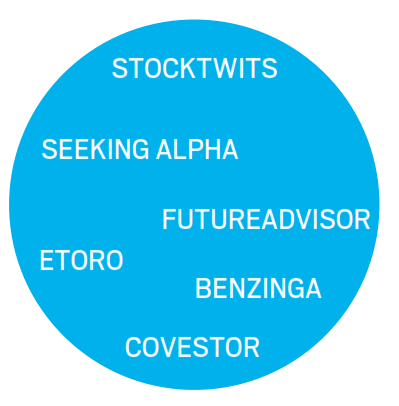The Russell 2000 Index is up more than 30% this year compared with a gain of nearly 26% for the S&P 500 Index, leading to concerns that small-cap stocks are getting too expensive after such a strong rally.
The long-term outperformance of small-cap stocks has been well-documented by recent Nobel Prize winner Eugene Fama and others, although they tend to be more volatile than the S&P 500. From 1926 to 2012, U.S. small stocks have delivered compounded annual returns of 11.9% versus 9.8% for large stocks, according to Ibbotson data.
U.S. small caps have handily beaten blue-chip stocks since the financial crisis low in 2009 and are trading at a significant valuation premium relative to their larger peers.
The iShares Russell 2000 ETF (IWM) is currently sporting a price-to-earnings ratio of 28.98 based the latest 12 months’ earnings, compared with a P/E ratio of 21.84 for iShares Core S&P 500 ETF (IVV).
IWM is on track for its best year since 2003, when it rallied 47.6%. In fact, the price ratio of the Russell 2000 versus the S&P 500 is at all-time highs.
Small-cap stocks are enjoying multiple tailwinds. First, they are more closely tied to the U.S. economy while large multinationals are more dependent on emerging markets, which have been a mess this year. Also, since 1979, small stocks have tended to outperform large caps during rising rate periods, and Treasury yields are higher this year.
However, a three-year standard deviation of 17.11% for the Russell 2000 fund versus 12.39% for the S&P 500 ETF is a reminder that small-caps are prone to wider price swings. Small-caps are more volatile than established companies because they have greater risks and are more sensitive to changes in the economy and investor sentiment.
Over the past decade, investors have been rewarded for the extra risk with the 10.7% annualized return of the Morningstar Small Cap Index easily outpacing the 7.6% annualized return of the S&P 500 Index over the past decade.*
Small caps now look pricey relative to larger companies after their strong run, a reversal of what happened during the dot-com boom. In 2000, U.S. large caps were changing hands at a P/E ratio of around 27 based on projected earnings compared with 14 for small-cap stocks. Currently, large caps trade at a P/E ratio of around 15 based on forecasted earnings, while small caps trade at a multiple of about 19 times prospective earnings, according to Morningstar.
The bottom line is that investors should be careful chasing small-cap stocks after their prolonged stretch of outperformance. At the very least, they should be prepared for potentially more volatility than when investing in established, large-cap companies.
Russell 2000
*Morningstar analyst report on iShares Russell 2000 ETF (IWM) dated Oct. 21, 2013.
DISCLAIMER: All opinions included in this material are as of October 23, 2013 and are subject to change. The information in this material is not intended to be personalized financial advice and should not be solely relied on for making financial decisions. The S&P 500 is an index of 500 stocks chosen for market size, liquidity and industry, among other factors. Investors cannot invest directly in an index. Indexes have no fees. Past performance does not guarantee future results.





